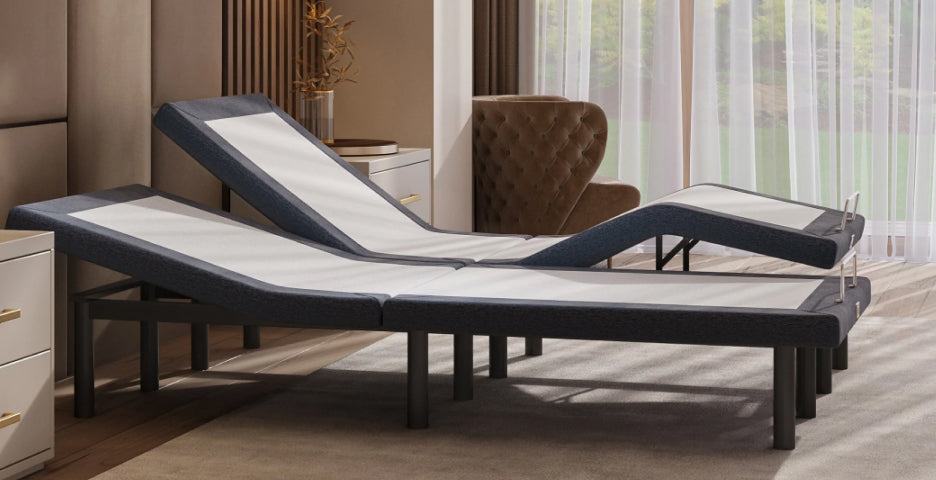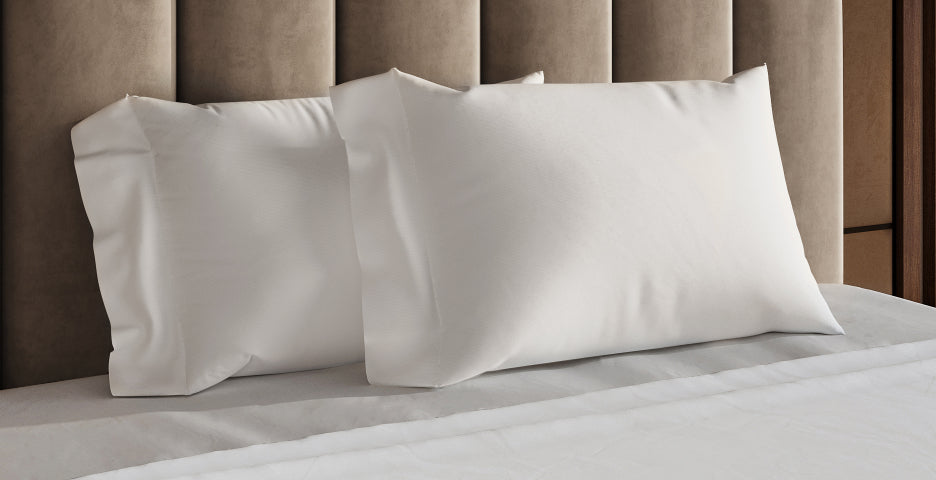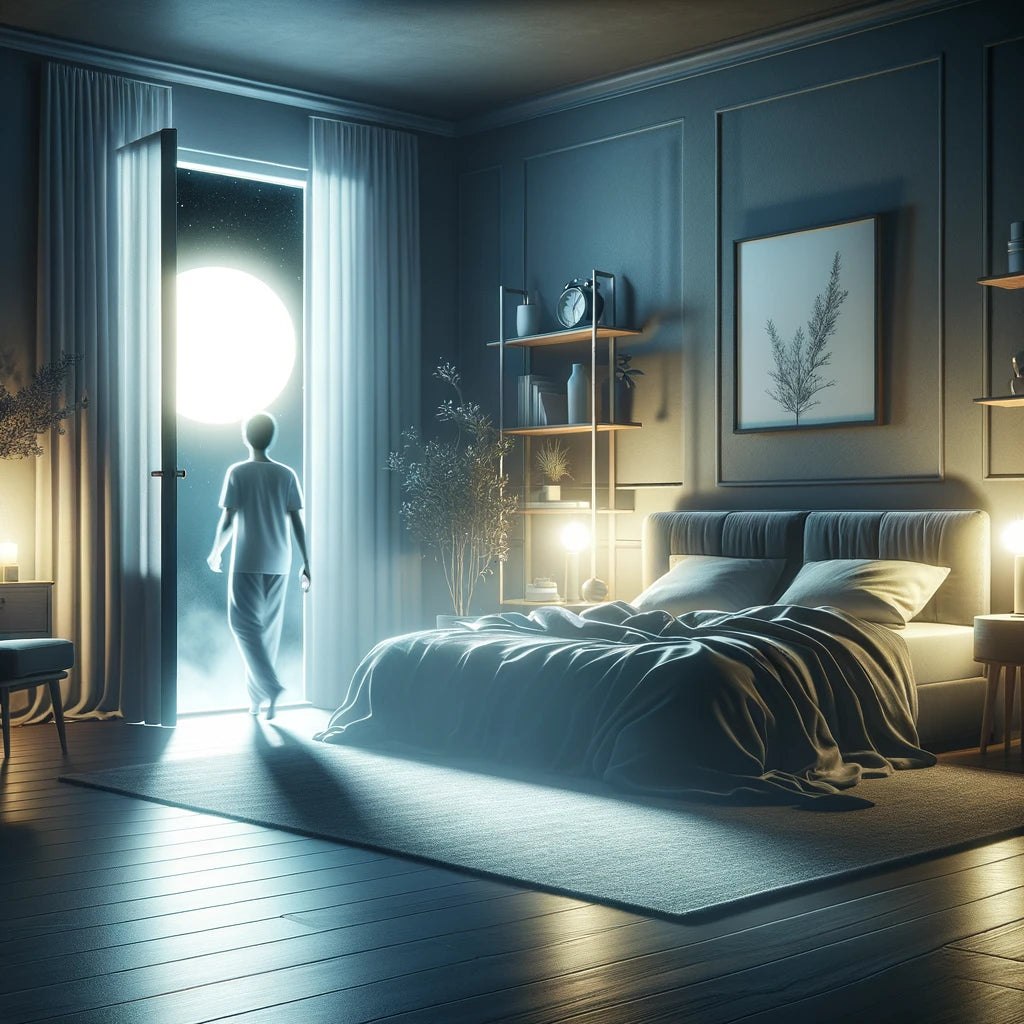Power naps are one of the best ways to regain energy naturally - especially if you’re feeling exhausted.
And while napping sounds simple enough, to get the most out of a nap and feel the caffeine-like energy boost that can come with it, there are a few simple steps that will make your daytime snooze more productive.
To get your nap just right, timing is essential. How long you nap for, as well as the time of day you chose to nap, can make or break that burst of alertness you’re seeking.
This power napping guide breaks down everything you need to know about how to nap, from falling asleep quickly, why you should nap, and how you can expect to feel when you wake up. We’ll also cover the best blanket for naps: the weighted blanket.
What Is A Power Nap?

A power nap is a short period of sleep that is usually taken during the day. When most people think of naps, young kids come to mind. Short rest periods for children are vital for mental and physical development, and they also help with moods and better behavior. Adults can experience the same benefits.
The key difference between a power nap and regular sleep relates to how far the mind progresses in the sleep cycle. Naps should never go past the first 3 stages of the sleep cycle. If you enter REM deep sleep, you’re no longer napping. During the REM sleep cycle, waking up can cause sleep inertia - that deep drowsy feeling that often makes people regret taking a nap in the first place.
Power napping is short, comfortable, and goal orientated. Once you master the art of the power nap, you’ll start feeling the transformative benefits quickly.
Benefits Of Napping

Experts agree that power naps can help reduce stress, increase vigilance, bolster the immune system, improve memory and information processing, and even help with patience! The benefits of power naps are extensive. A study by the Endocrine Society found that a nap as much as 20 to 30 minutes long can reverse the hormonal impact of a poor night's sleep.
This data suggests that power napping can reduce the sleep deficit that people often experience, especially during stressful periods of life. While most people attempt to squeeze in an extra 20 minutes of sleep in the morning, research indicates this might be counter-productive.
Check out Puffy mattress reviews from real customers and see how we compare with other brands.
Taking a power nap for 15 to 20 minutes long during the day is said to have more significant benefits than hitting snooze for an extra few minutes in the morning. The body is naturally inclined to feel sleepy in the afternoon - tapping into the natural circadian rhythm with a perfectly planned nap will help you reap the benefits of a natural energy recharge.
5 Tips For The Ultimate Power Nap

The ideal way to practice power napping is to try a few different methods to ensure the nap is timely, so you can wake up feeling recharged. Here are our top tips to help you start napping like a pro!
1. Set the alarm - when you start out on your power nap journey, setting the alarm is key, and hitting the snooze button is strictly prohibited. Most experts agree that 20 minutes to half an hour is the best nap length - avoid entering REM sleep when you’re trying to take a power nap. Falling asleep does take some time, so be sure to take this into account.
Anything beyond this might take you too far into the sleep cycle and negatively impact your energy level when you need to wake up and get into action. After a while, your circadian rhythm (your body clock) will become conditioned to wake you up naturally, and you’ll no longer need the help of an alarm.
2. Find a comfy space - comfort is key for the best power nap because it’s important to fall asleep fast, without wasting time to get comfortable. It helps to nap in an area that is dark with minimal distraction - but it doesn’t necessarily have to be your bed.
Some people can master the power nap so effectively that they can power nap anywhere - the office, on trains, on the couch! Your body temperature naturally drops when you fall asleep, but if you’re a stuffy sleeper, using a cooling blanket such as a weighted blanket is one way to ensure you fall asleep fast, and maintain the perfect temperature during your power nap. Fast sleep is one of the many weighted blanket benefits.
3. Set the perfect temperature - sleeping cool during your nap is just as crucial as regulating temperature during regular sleep. Between 60 and 67 degrees is the ideal temperature for better sleep. Getting the temp just right will ensure you fall asleep as fast as possible and wake up without feeling hot and bothered.
4. Don’t nap after 3 pm - napping too late into the afternoon can impact sleep quality at night. Generally, the body starts to feel tired every 8 hours. So if you wake up at 7 am, it’s likely that your energy will take a dip at 3 pm.
A short nap at around 3 pm will deliver the right amount of energy to boost your performance and allow the body to feel ready to fall asleep by 11 pm naturally. This will prevent the problem of sleep deprivation that can arise from poor napping.
5. Try a coffee nap - coffee naps are real, and many people swear by the benefits. If you’re wondering how to coffee nap, you don’t need to think too hard. Just take a coffee shot before your nap, but ensure you drink it quickly and rest straight away.
The logic behind a coffee nap is that caffeine takes around 20 minutes to kick in, the same time as the length of a short nap. Coffee naps increase energy by releasing more adenosine in the body, a compound that promotes healthy sleep. The only way to know if a coffee nap is right for you is to give it a try.
Frequently Asked Questions
How long is a power nap?
To sleep at night uninterrupted, 20 to 30 minutes should be enough sleep for your nap, preferably before 3:00 pm. Daytime naps tend to work better than napping right before bedtime since these are less likely to disrupt your main block of sleep in the nighttime.
Is a power nap good for you?
Power naps can provide an energy and productivity boost if used wisely. Make sure you get enough sleep without oversleeping: often known as a stage 2 nap, the best naps are usually just 20 minutes long.
If you struggle with keeping your naps short, try and set an alarm to be more disciplined as you’re targeting more sleep.
How do I begin to power nap?
To power nap effectively, it’s important you have the right sleep set up for the job. Dim the lights of your bedroom, and be sure to avoid your phone during this time. Setting an alarm clock for twenty minutes will help you get a great quality power nap without compromising your health.
A good night’s sleep is essential to your health and well-being. Supplementing your rest routine by making space for nap time is nothing to feel guilty about. It’s reported that over 50% of people take naps. Use these tips to start exploring the energizing benefits of power naps, and you’ll notice the difference in your well-being pretty quickly.
Your Turn...
Do you think power nap is worth it? Share your thoughts in the comments.

$1,350 in savings
Unlock your ultimate sleep solution with Puffy.
Explore our award-winning Puffy mattress collection with these extra luxury benefits:
- Award-winning comfort.
- Lifetime warranty.
- 101-night sleep trial.
- Free shipping and returns.
- 100% made in USA.
Disclaimer. We love sleep and we want you to get the best sleep possible. But we do not provide medical advice. This blog is intended for informational purposes only. It is not a substitute for professional medical info, diagnosis, or treatment. Never ignore professional medical advice in seeking treatment because of something you have read on our blog.

















Leave a comment
Comments will be approved before showing up.